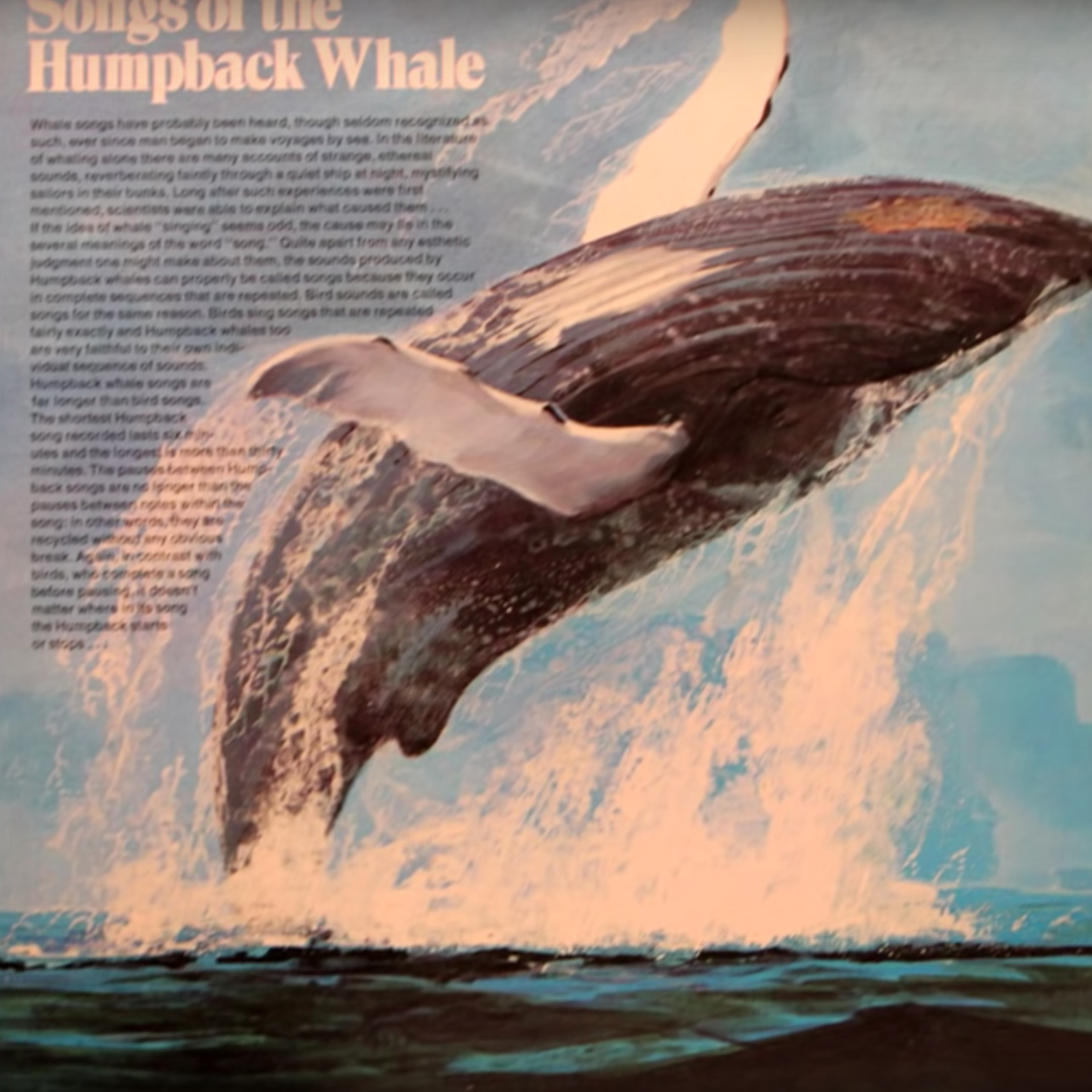Contribution / Chapter
Testing the Underwater Ear
Items
Testing the Underwater Ear
World War II fueled technologies for underwater listening, such as hydrophones, and Cold War antisubmarine strategies further rendered the oceans audible, noisy even. This novel ability to hear marine sounds radically transformed not only the discipline of oceanography but also the oceans themselves and the people listening. An examination of U.S. Navy ear-training manuals and sound recordings reveals continuities of testing protocols and ontologies between military oceanographers and marine biologists. Underwater listeners were additionally informed by musical training and technologies such as graphic representation and image processing software. In the oceanic soundscape, marine life was defined relative to Soviet vessels and was approached through an epistemology of error: plankton stood in the way of sound waves, shrimp distorted hydrophone receptions, and whales emitted enigmatically unclassifiable sounds that questioned existing sound signature catalogs. As technologies and data were disclosed to the biologists, this knowledge about error became scientific knowledge.
© 2015 – 2026 Humboldt-Universität zu Berlin






